The 1952 Ferrania Condor II rangefinder camera, alongside with some famous and well sought-after postwar productions, is normally considered a Leica copy, although it shows many original features, like the rangefinder patch inside the viewfinder or the rewind lever, that Leica would adopt with the M series only starting from 1954, and other solutions, like the central plane shutter, the loading spool with opening back or a curious but useful articulated rewind lever, that would never be adopted by contemporary or following Leicas.
Equipped with the lovely collapsible EsaOG 50 mm f/2 lens, probably the fastest Italian-produced lens in history, this fine piece of machinery was also the camera my dad purchased in 1953 with his first wage as a young schoolteacher and used for more than 20 years, until a Leicaflex SL became the new official family camera. Now I look after it for the generations to come (you can hope it with all-mechanical solid-metal film gear) and it serves my big family, shooting fond memories of everyday life.
Here you are some samples of family life taken in my hometown Cagliari, Sardinia, with Kodak BW400CN film, digitised at home with my Nikon D90 body and Leica R 135 mm f/2.8 lens mounted on Leica R bellows.
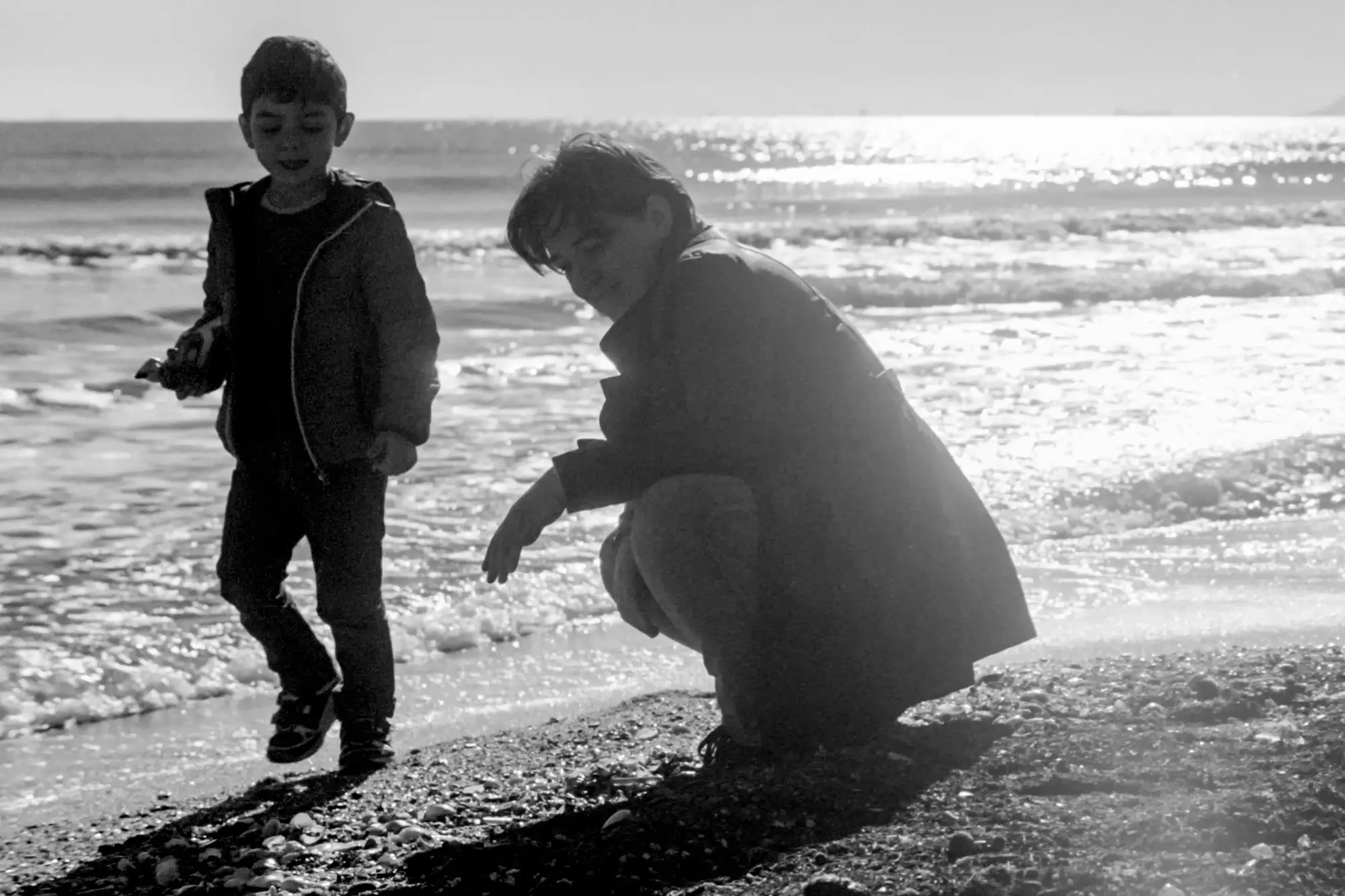
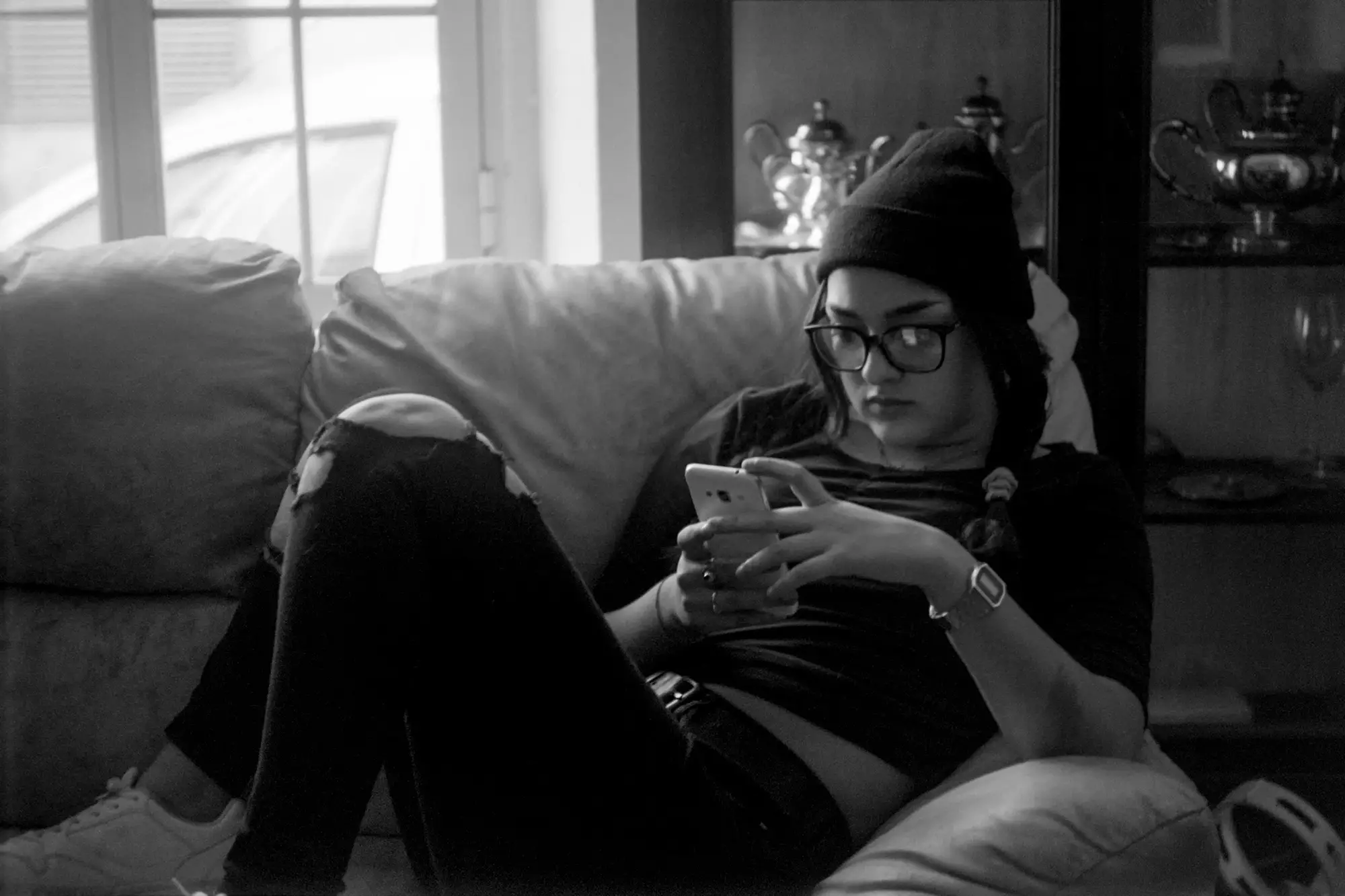
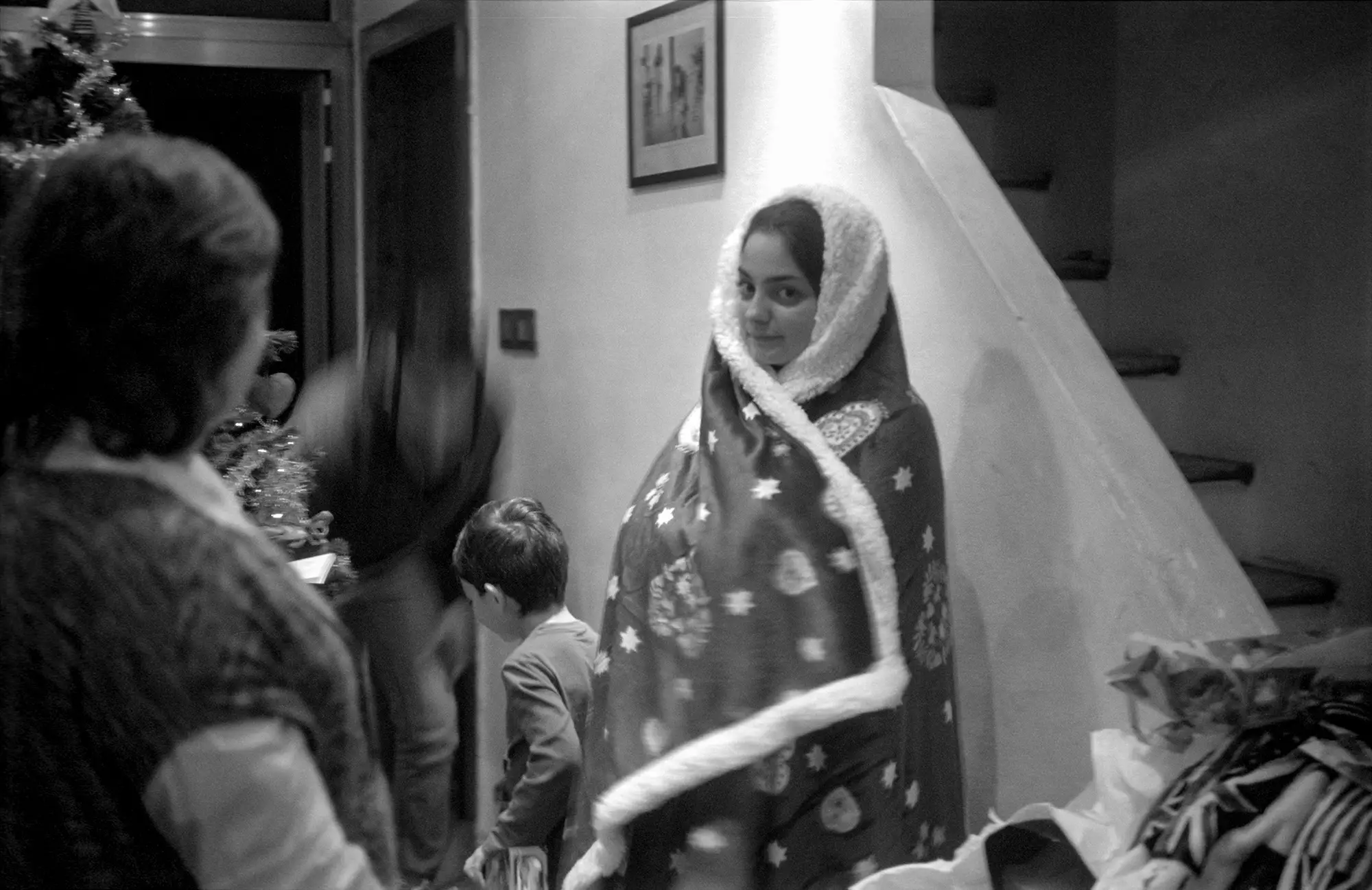
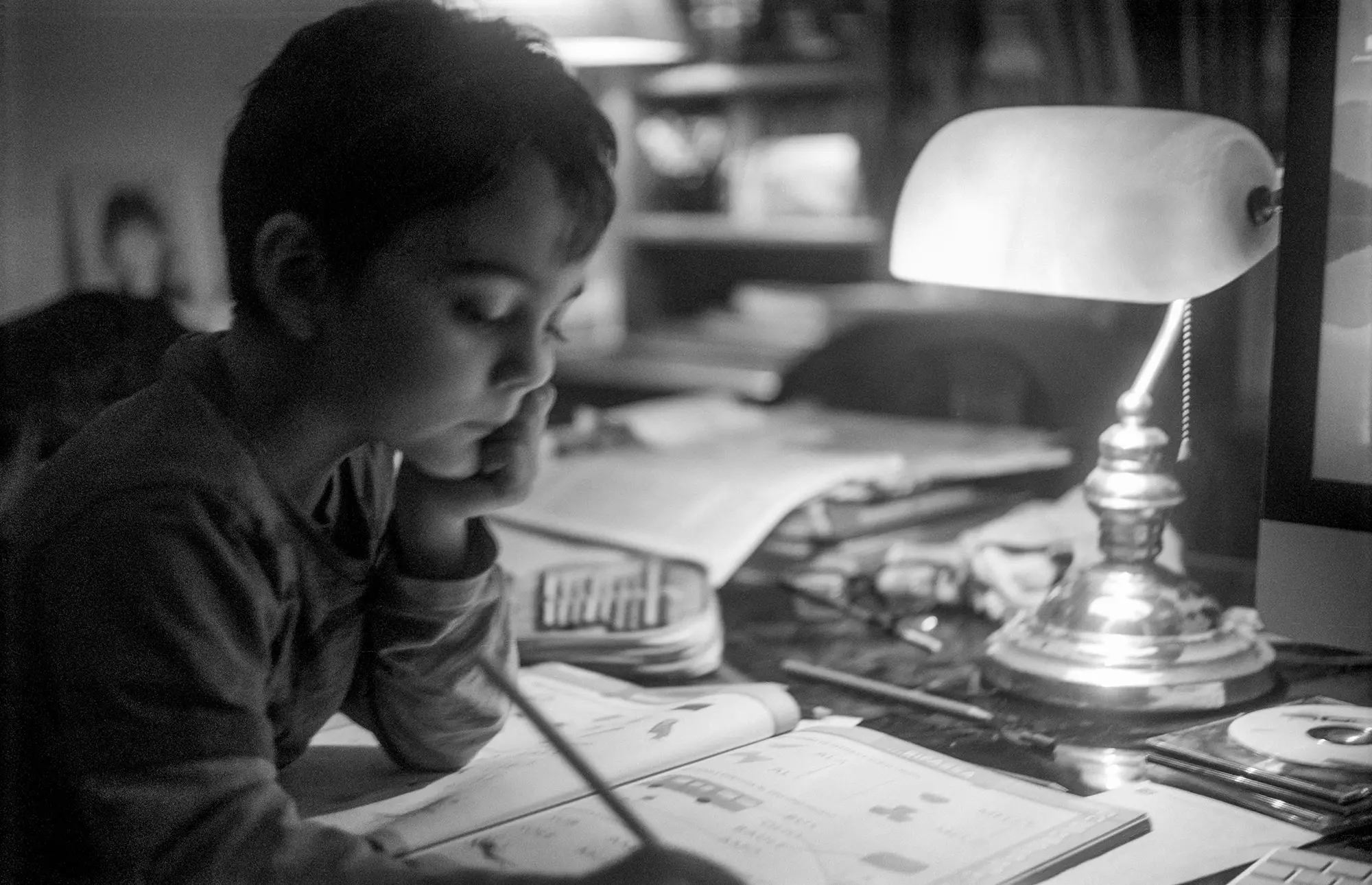

https://www.flickr.com/photos/melisbroglia/
Share this post:
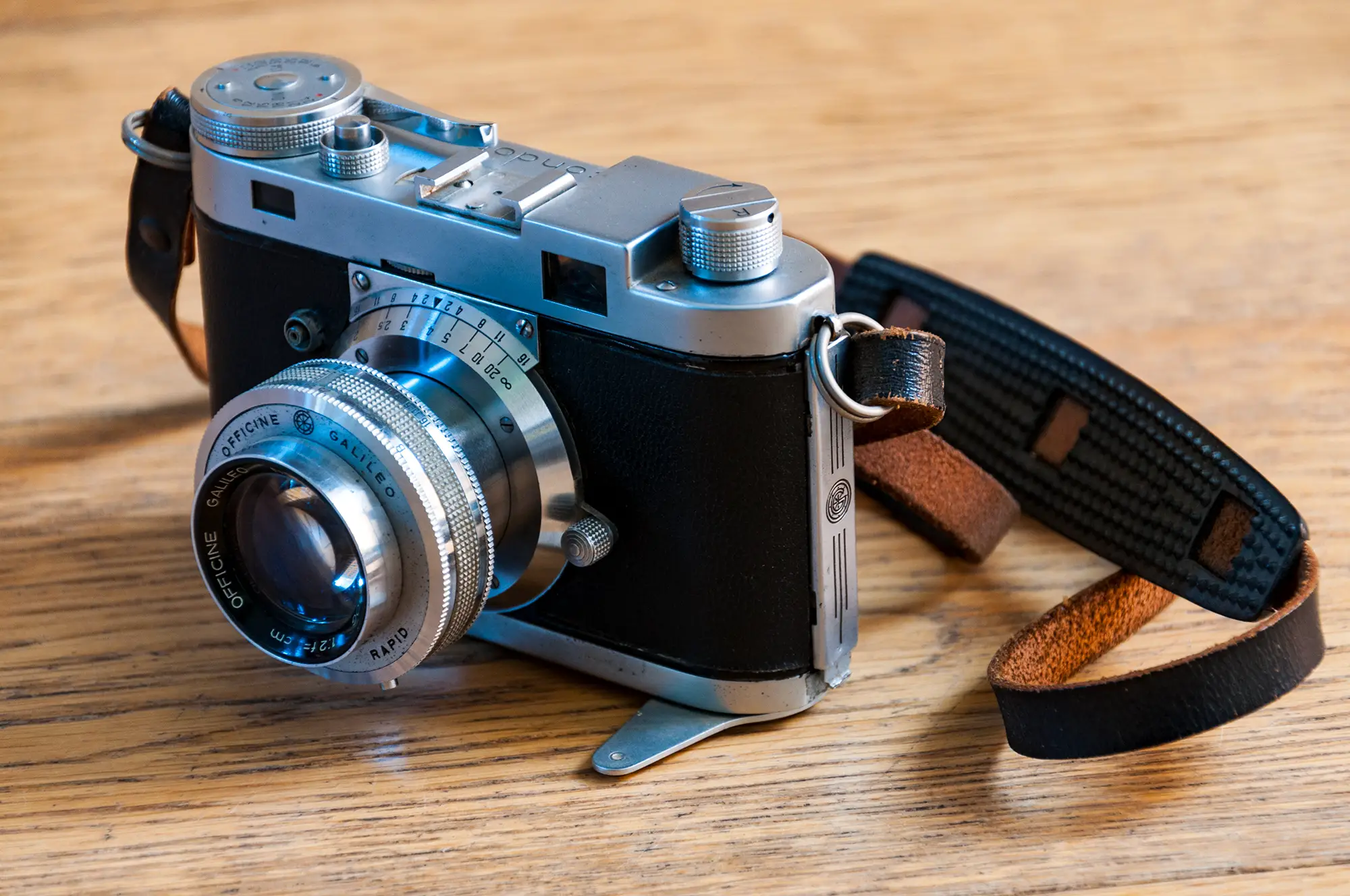
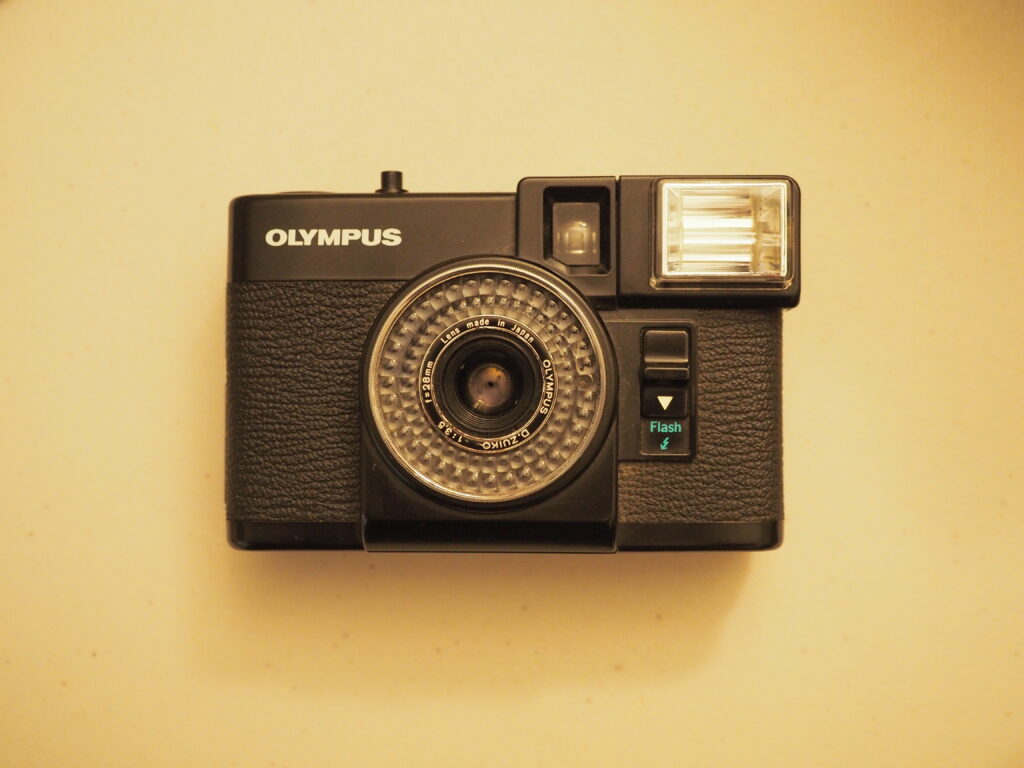
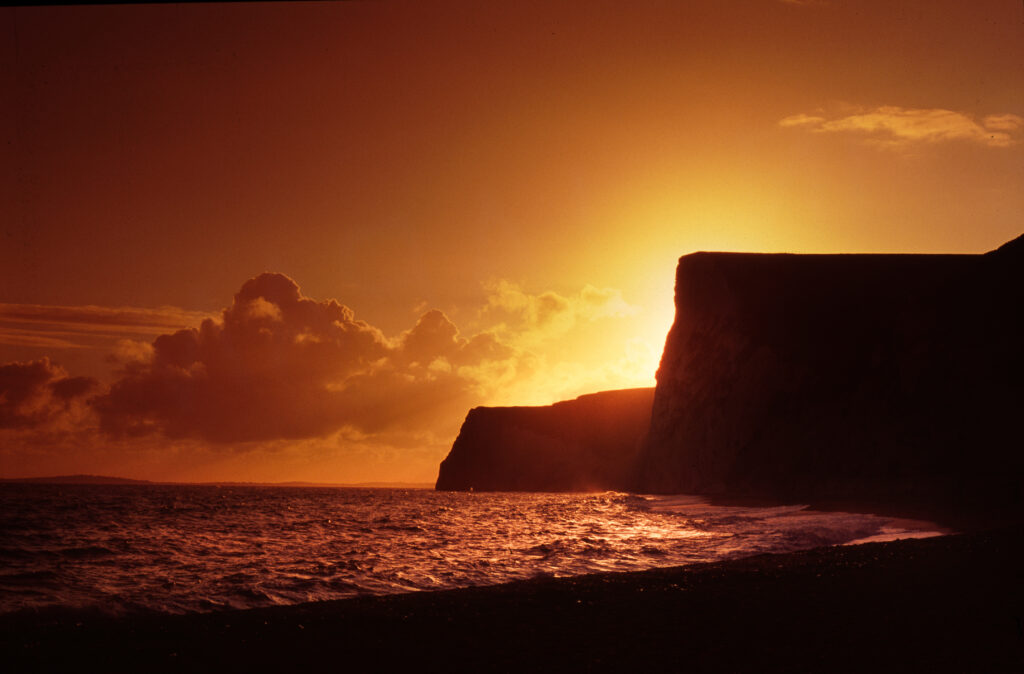
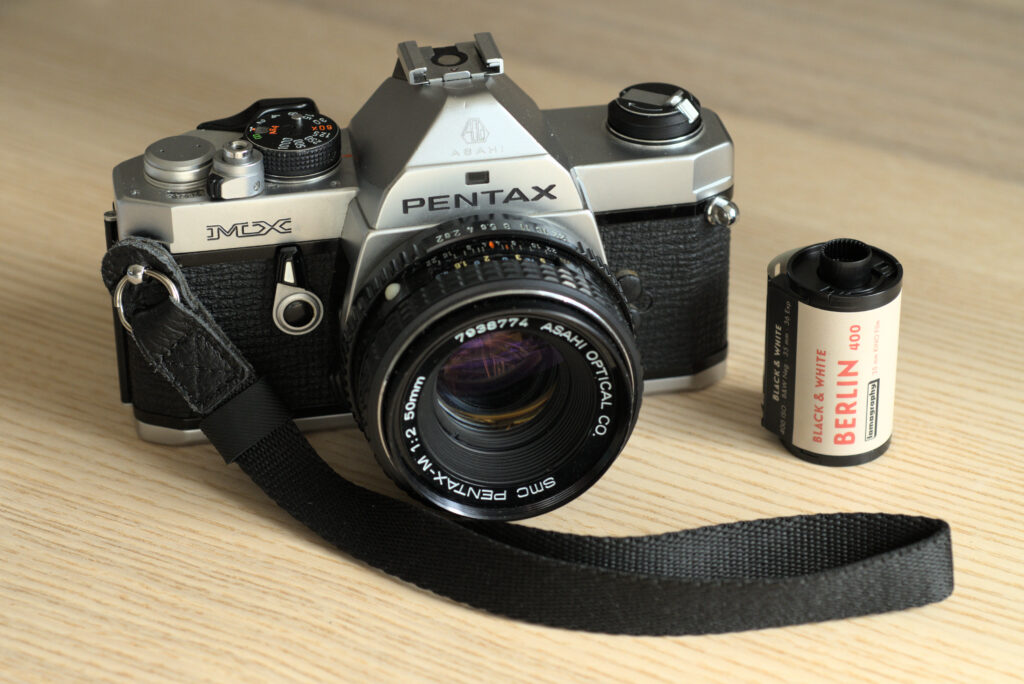
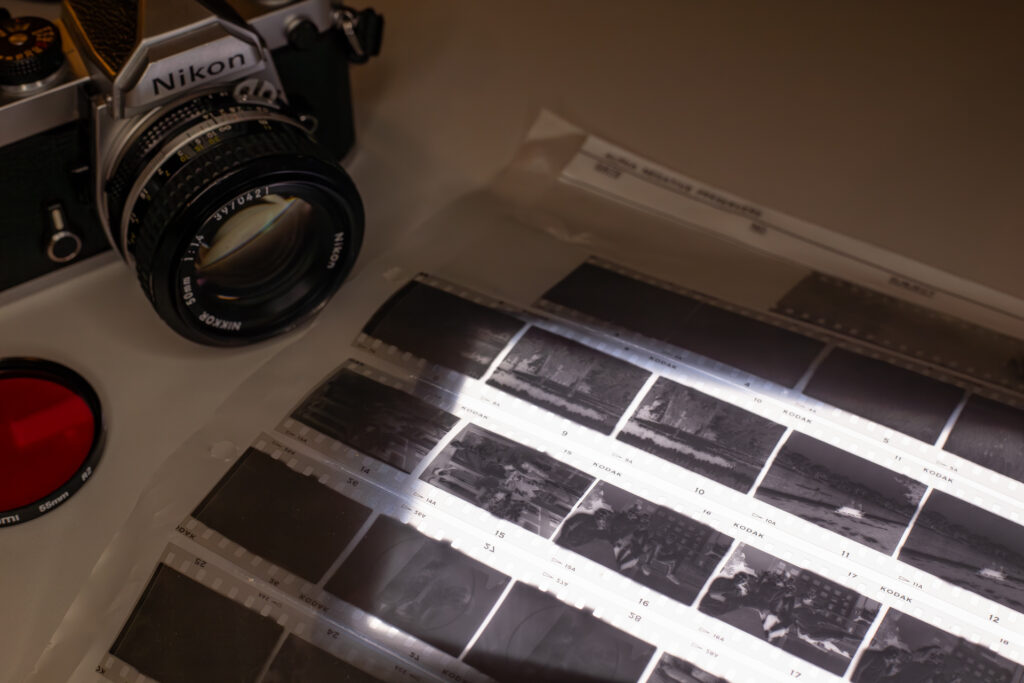




Comments
Terry B on 5 frames with a Ferrania Condor II – Francesco Melis
Comment posted: 21/12/2017
I think you've done a wonderful job copying the negs with your digital rig.
Comment posted: 21/12/2017
Comment posted: 21/12/2017
Comment posted: 21/12/2017
Dan Castelli on 5 frames with a Ferrania Condor II – Francesco Melis
Comment posted: 21/12/2017
I like the pics, nice b&w’s.
Such nice styling & design of the camera.
Continued good luck with it.
Comment posted: 21/12/2017
Ken Hindle-May on 5 frames with a Ferrania Condor II – Francesco Melis
Comment posted: 21/12/2017
Mauro Pastore on 5 frames with a Ferrania Condor II – Francesco Melis
Comment posted: 21/12/2017
davvero bella, del resto Officine Galileo ha realizzato senza ombra di smentita le più belle fotocamere italiane.
MI piacciono molto gli ultimi due scatti. Nei primi si vedono i limiti ottici nel gentile il controluce.
Si tratta di un menisco o di una tripletta?
Comment posted: 21/12/2017
Ed Worthington on 5 frames with a Ferrania Condor II – Francesco Melis
Comment posted: 21/12/2017
Comment posted: 21/12/2017
Ian Do Carmo on 5 frames with a Ferrania Condor II – Francesco Melis
Comment posted: 22/12/2017
George Appletree on 5 frames with a Ferrania Condor II – Francesco Melis
Comment posted: 22/12/2017
Comment posted: 22/12/2017
Orville Robertson on 5 frames with a Ferrania Condor II – Francesco Melis
Comment posted: 26/06/2023
Comment posted: 26/06/2023
Francesco Melis on 5 frames with a Ferrania Condor II – Francesco Melis
Comment posted: 03/07/2023
The distance scale is in meters and minimum focus distance is about 1 meter, as stated also in the instruction manual. Also in case there were versions for british/american markets (I don't know but I doubt it), being the same lenses mounted in the camera, minimum focus distance would be 3 ft not 1.
Piero Marcheschi Via Cerboni 82 56121 PISA...348 7727349..anche su wapp on 5 frames with a Ferrania Condor II – Francesco Melis
Comment posted: 05/06/2025
capitate due..perfette funzionanti..me le sono messe davanti e non finisco mai di guardarle o tenerle in mano Una dovrò venderla.
Hai suggerimenti da darmi ?
Comment posted: 05/06/2025